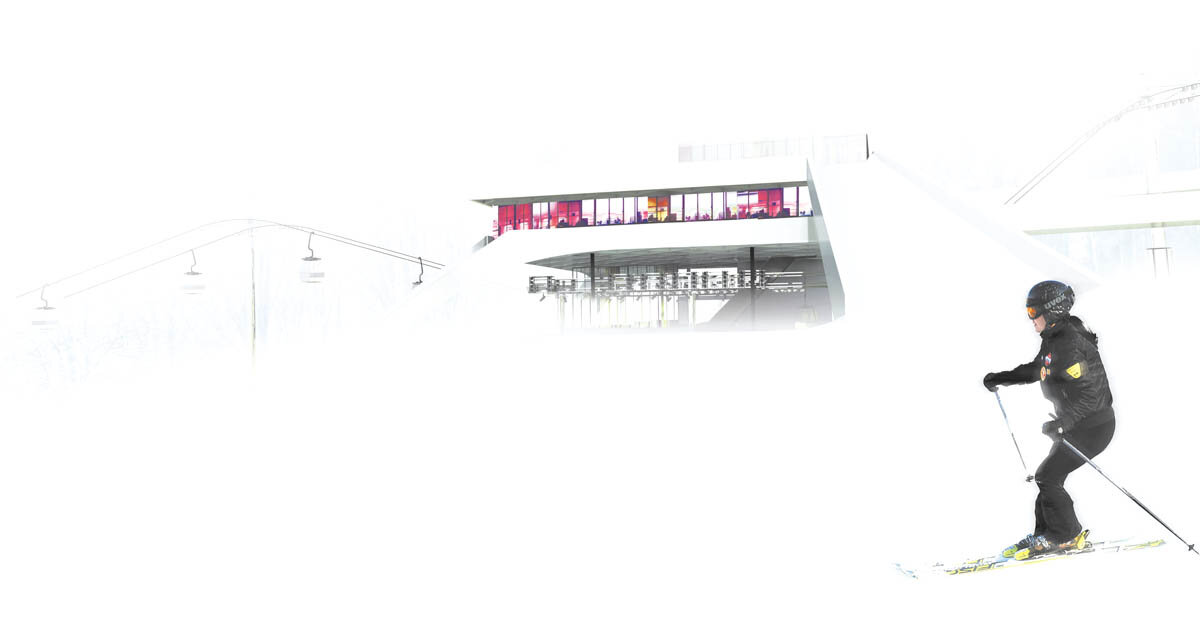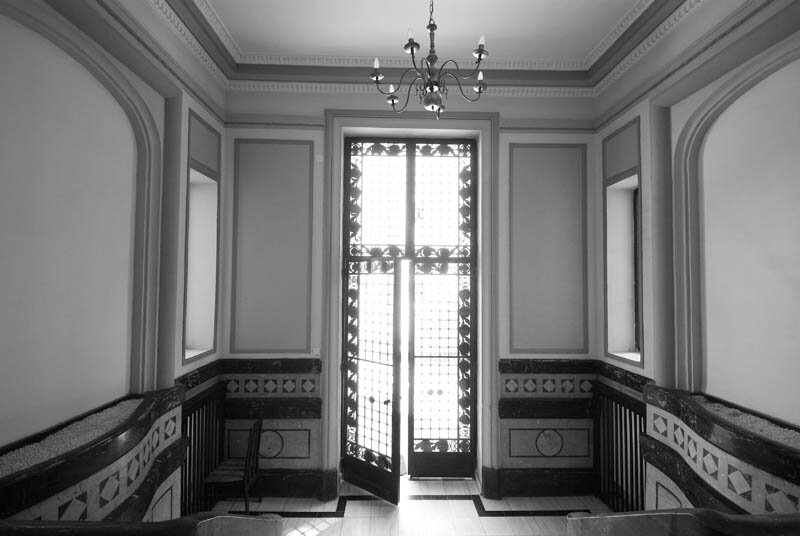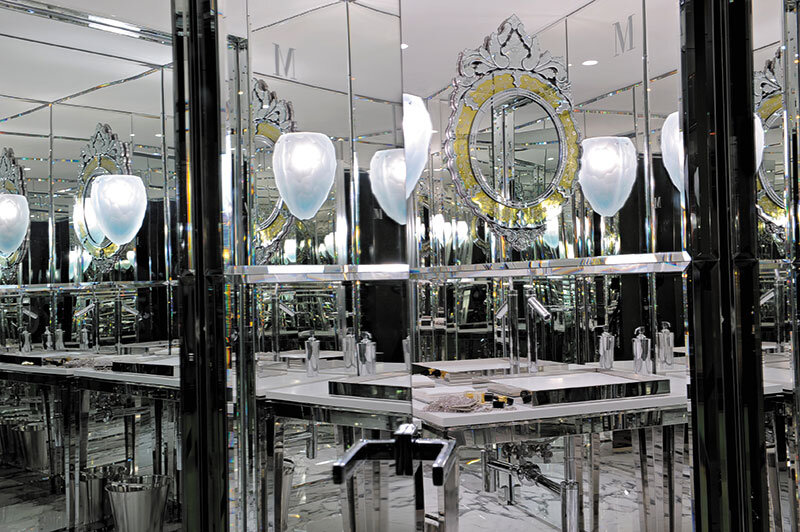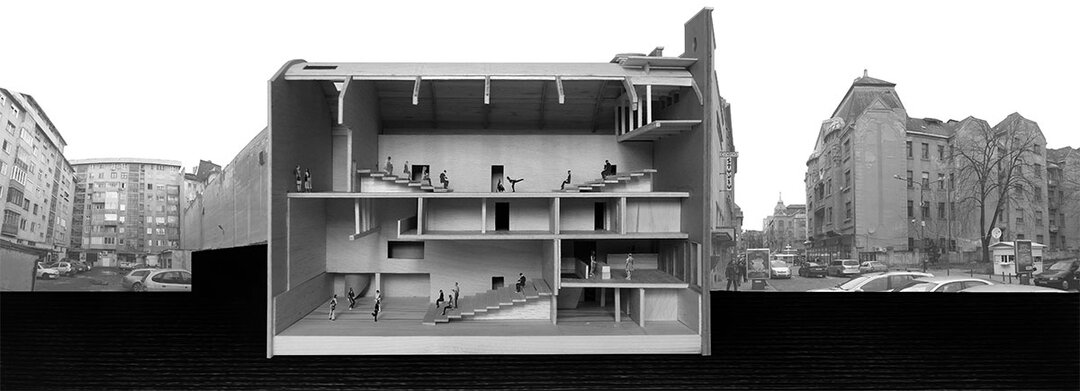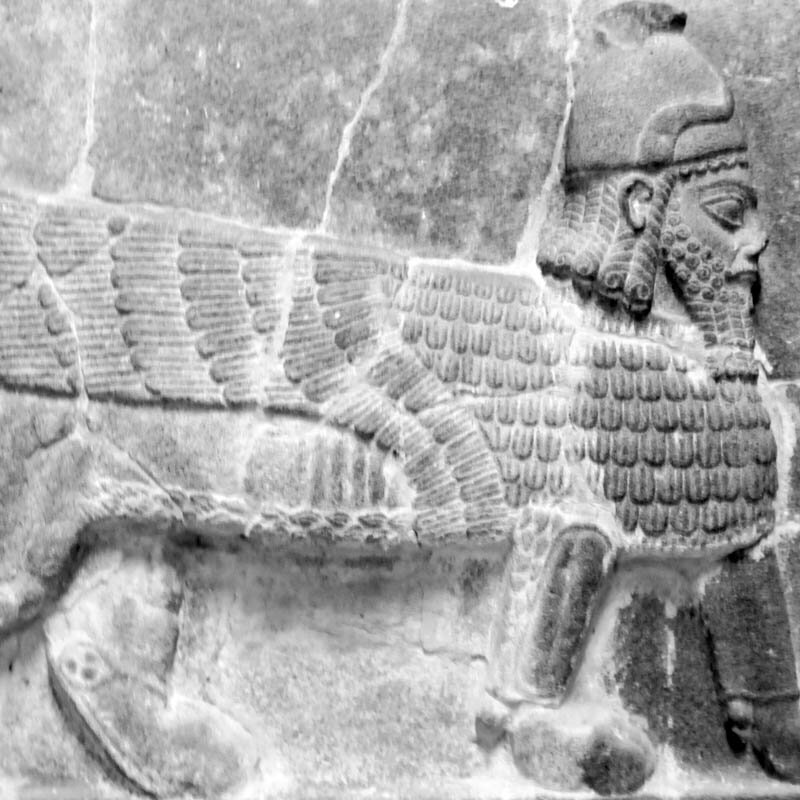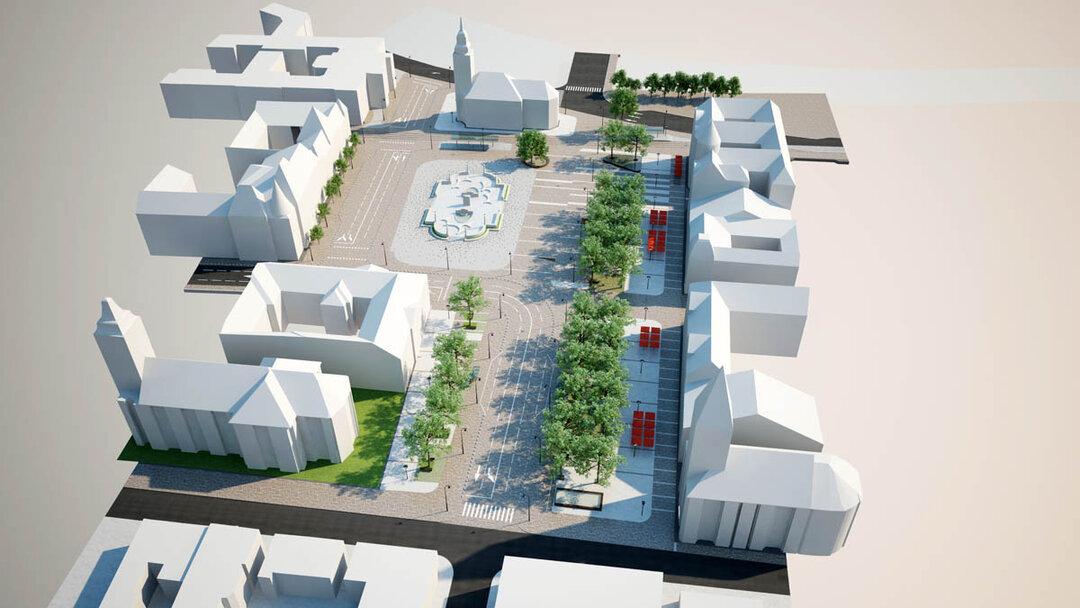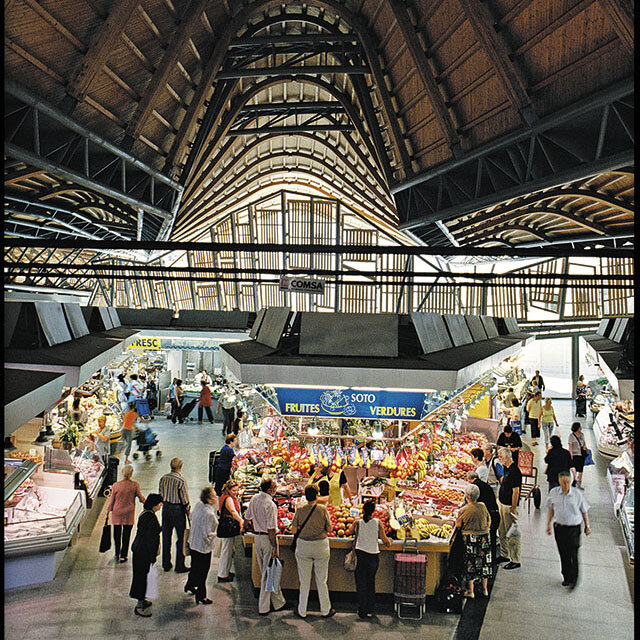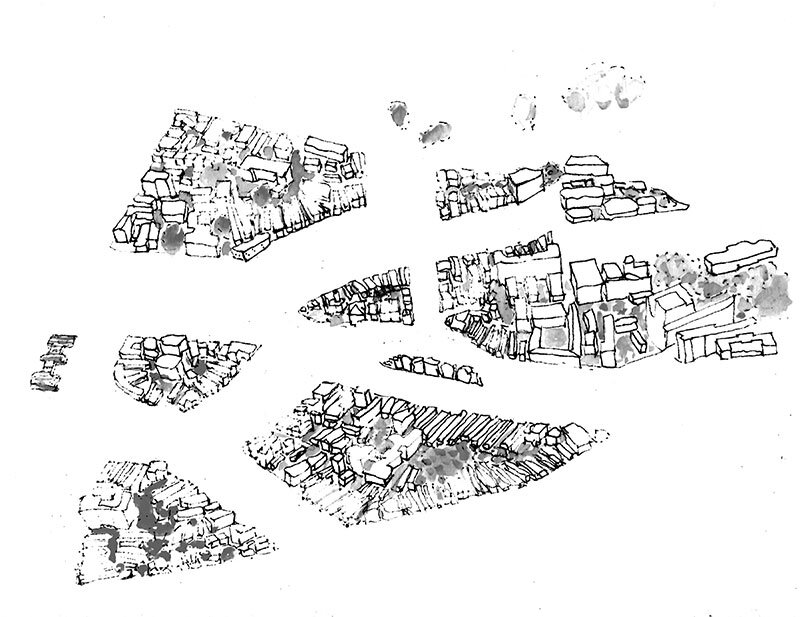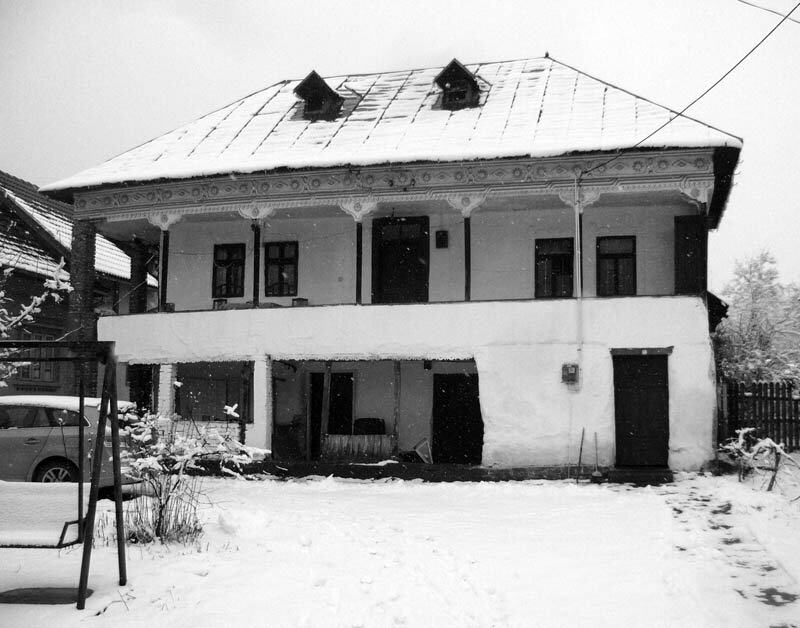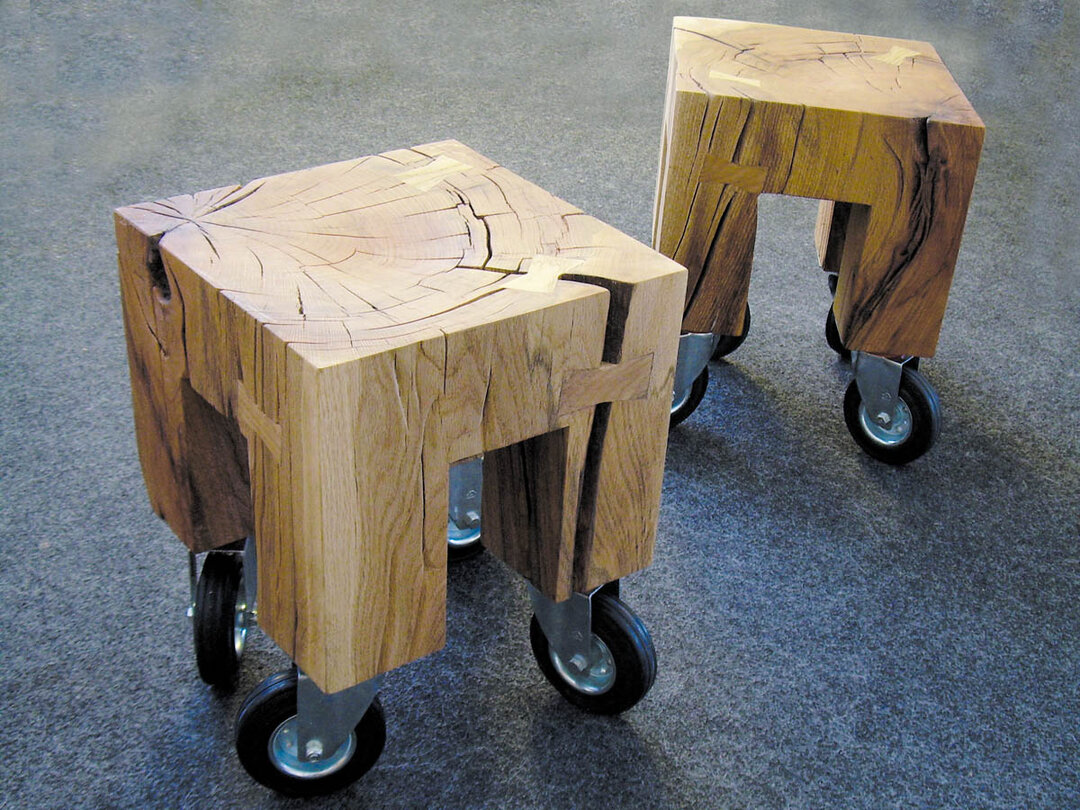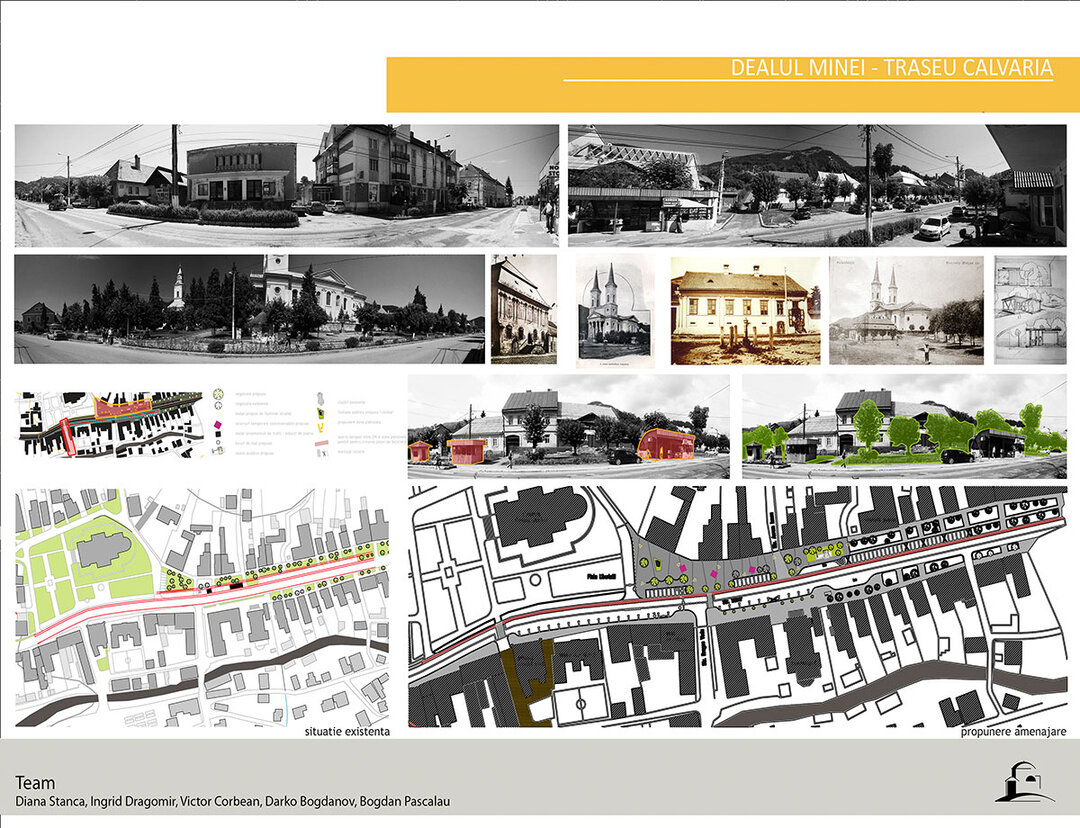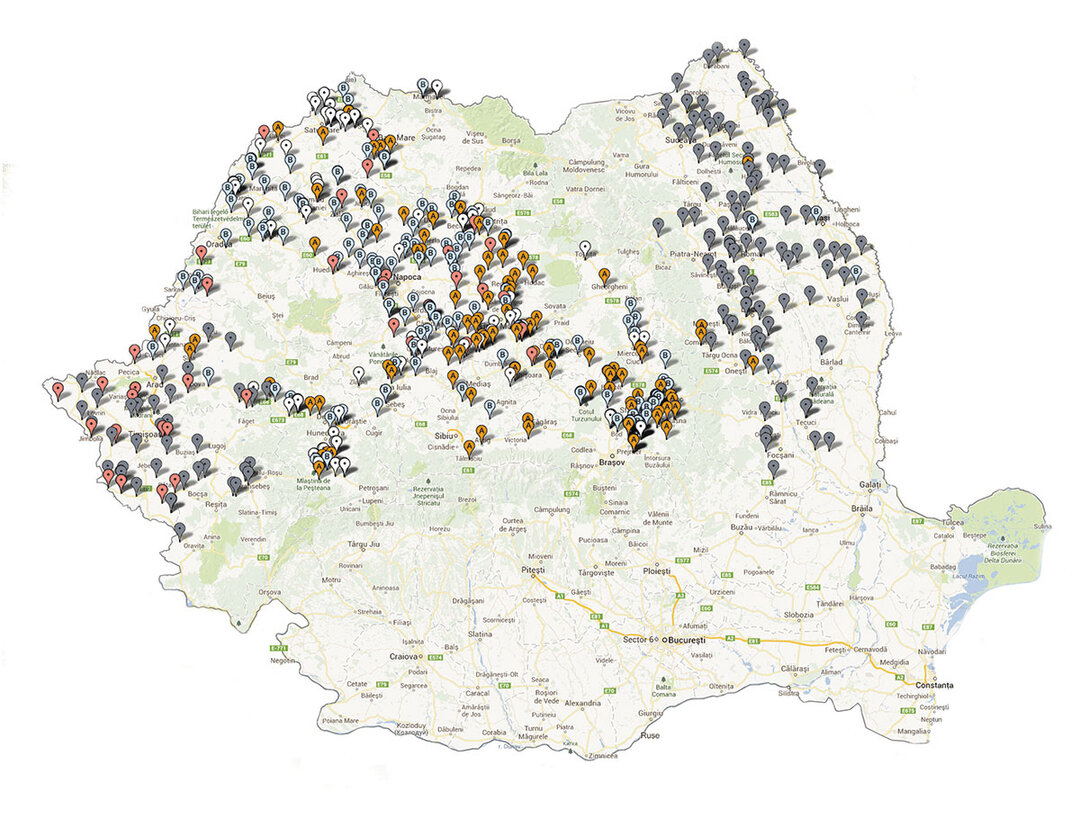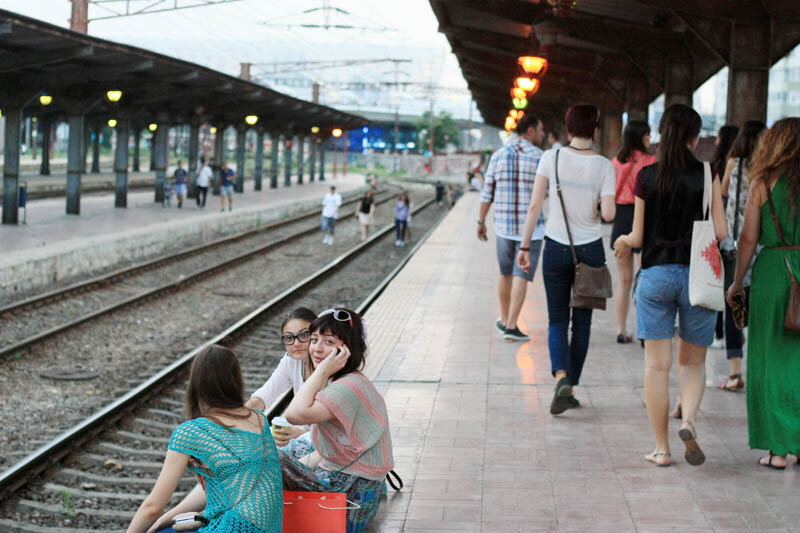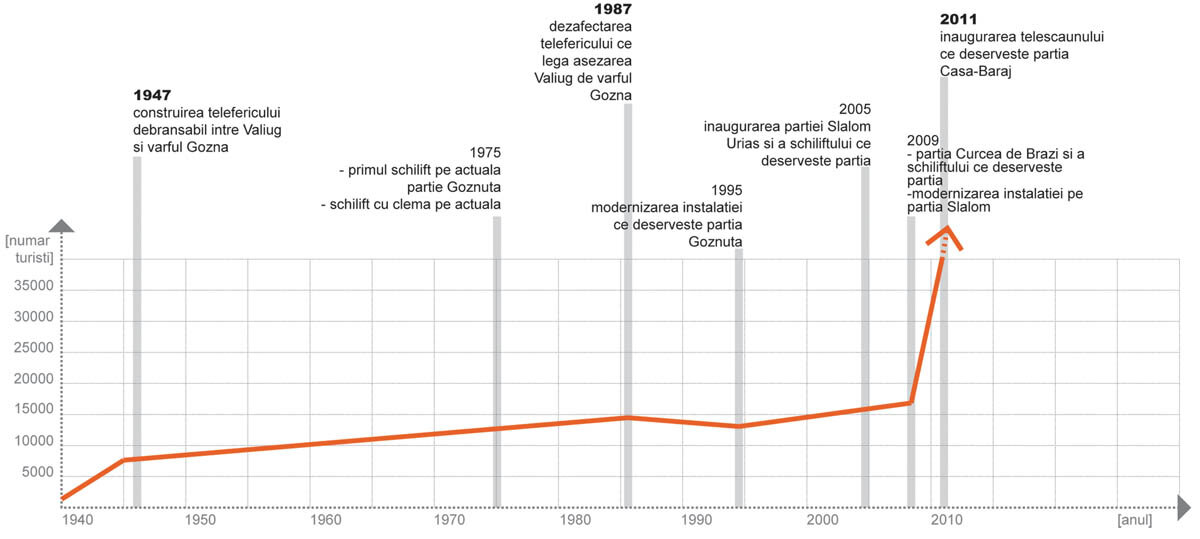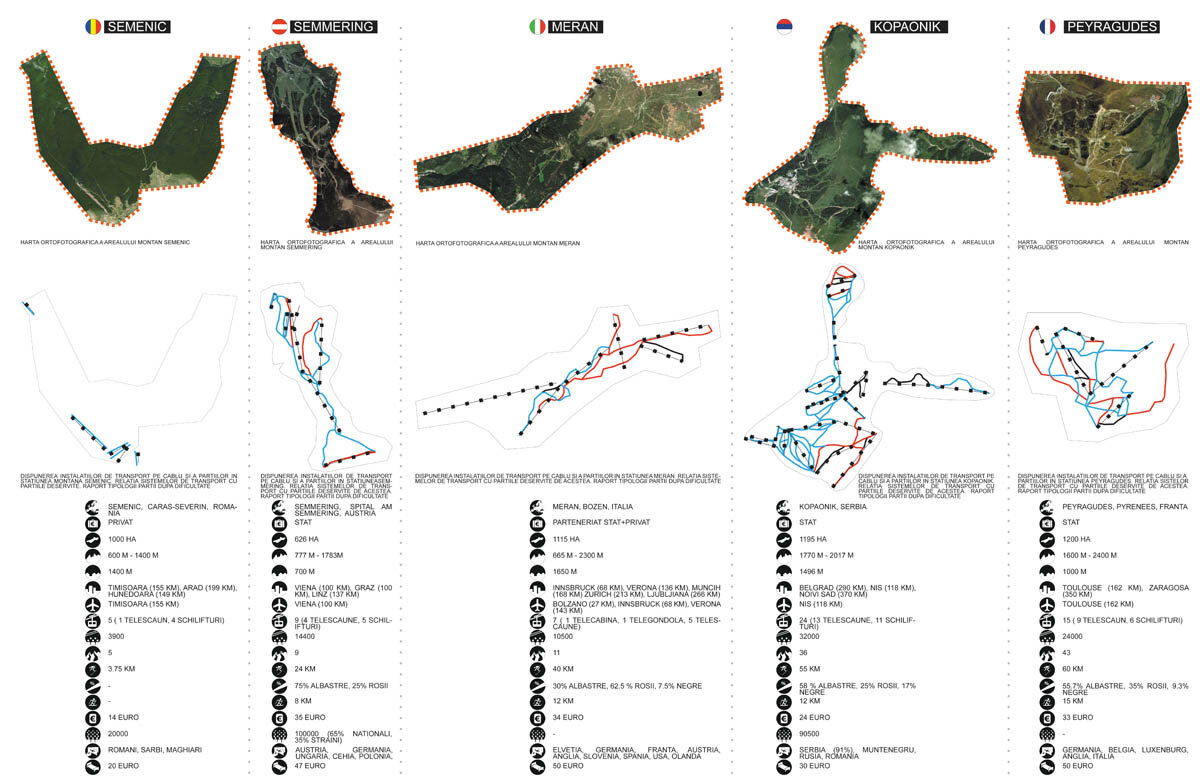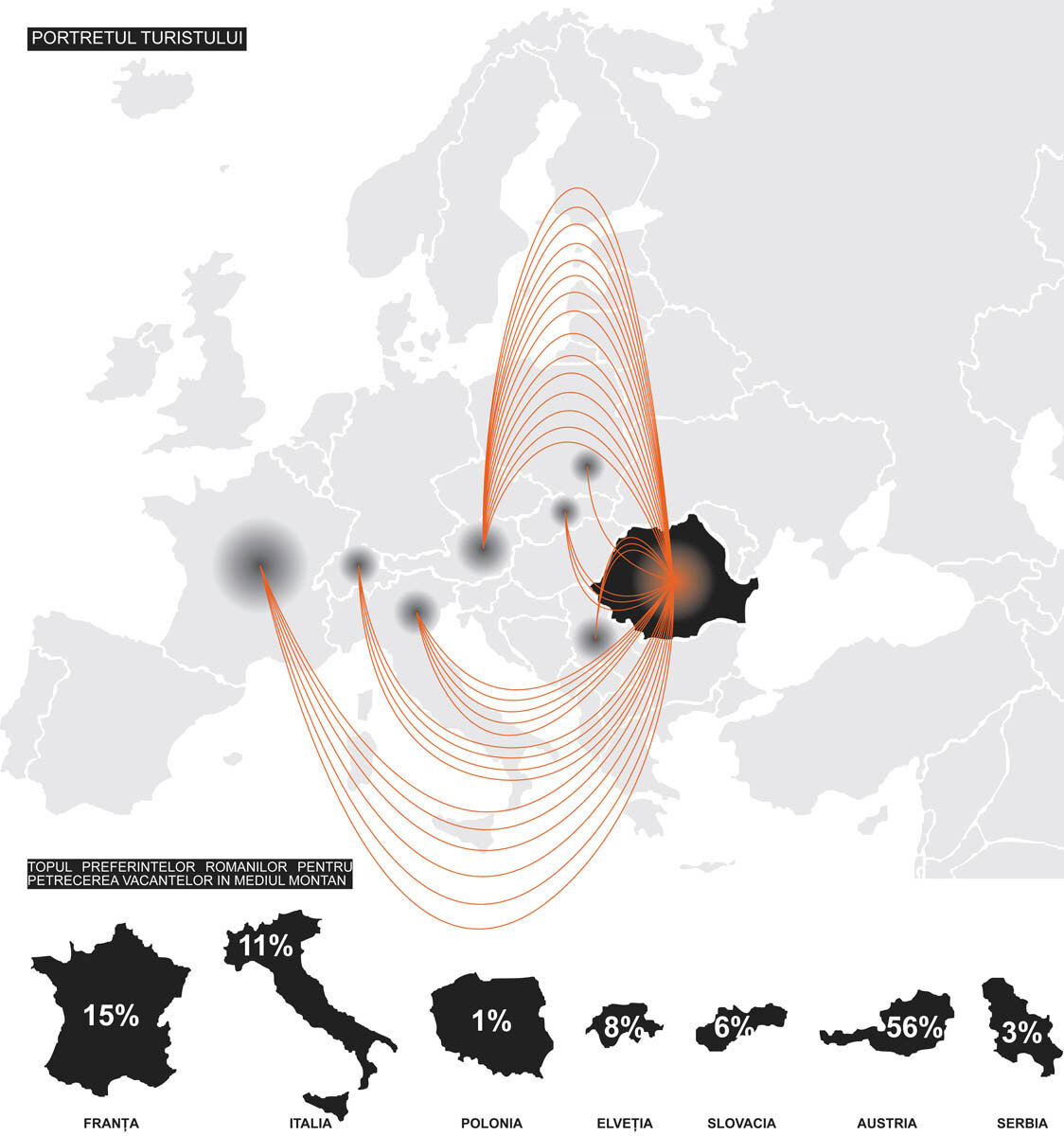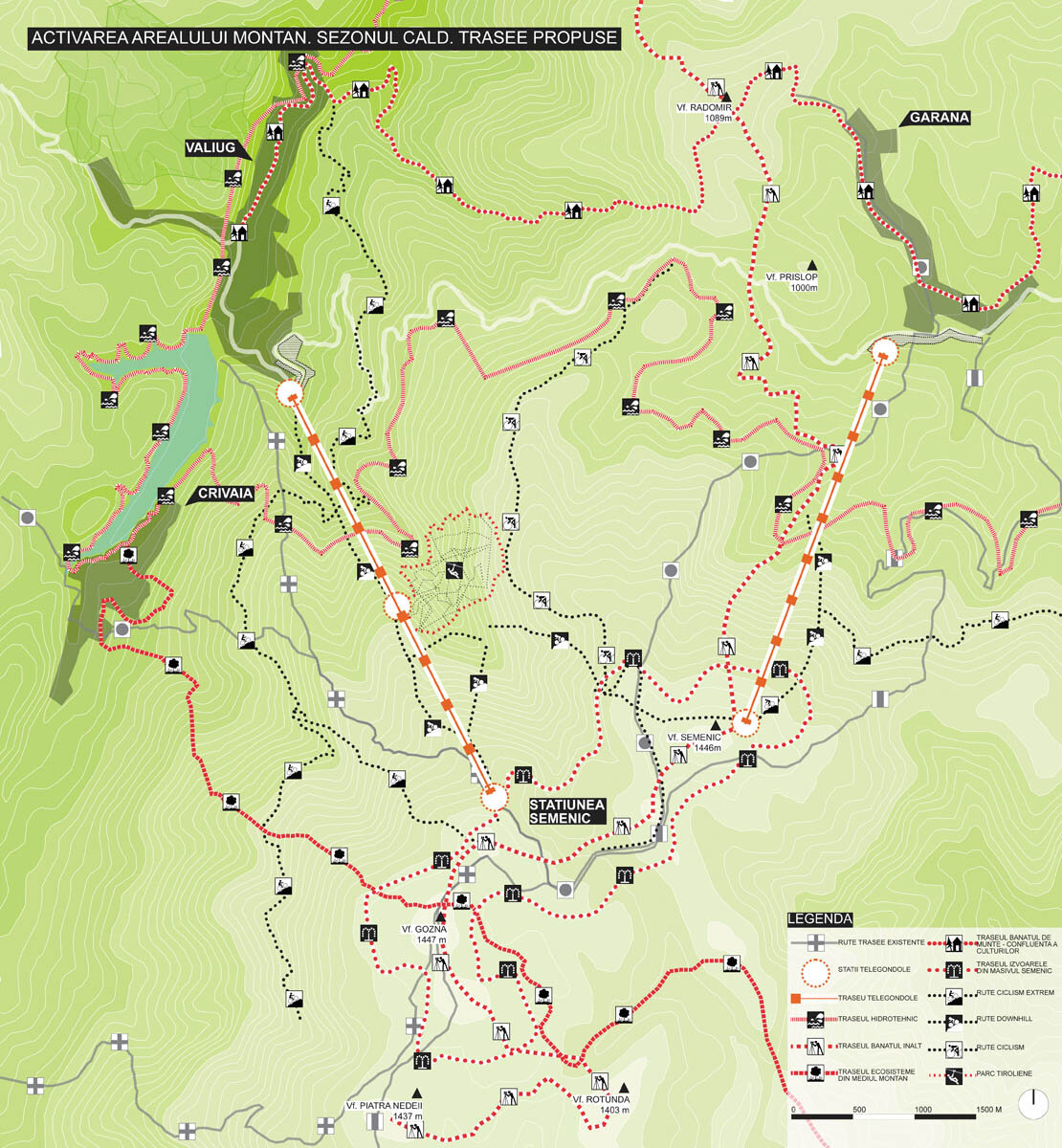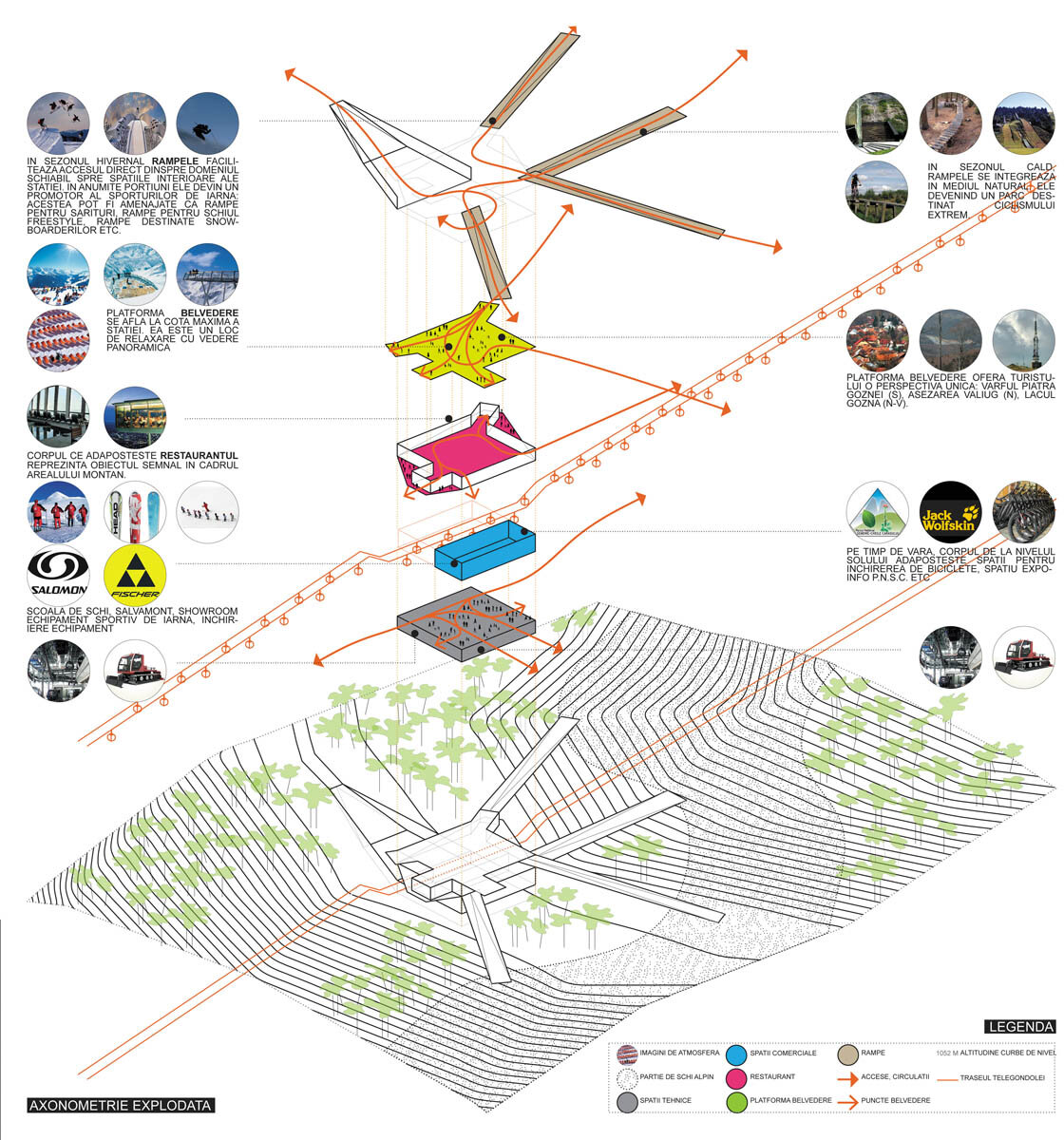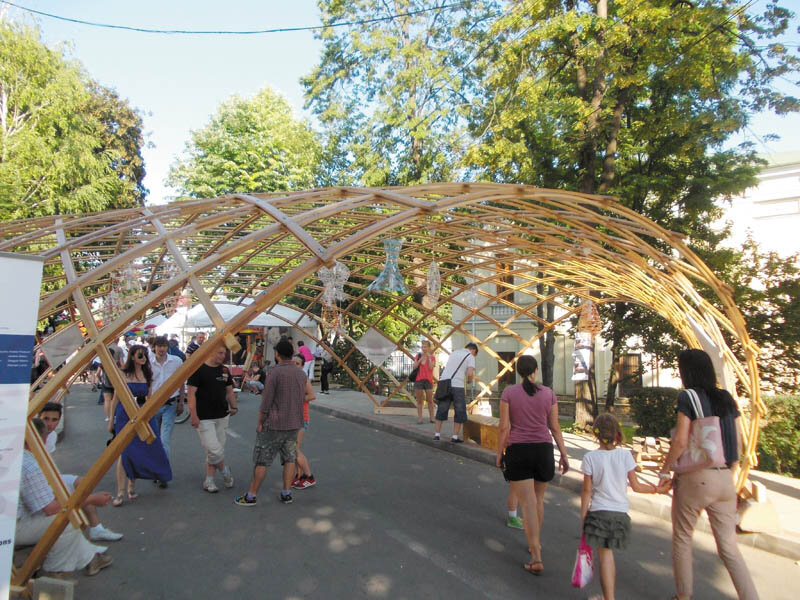
Activating the Semenic mountain area

In the past of Alpine architecture, innovation was initially rejected, often before it had managed to reach the public. Nowadays, Alpine regions show an increasing potential as research sites for architects and urban planners due to defining parameters. They become experimental spaces for contemporary architecture.
Despite its ideal position in relation to major urban centers, the Semenic mountain area is currently in a continuous state of degradation. In the past, ad hoc interventions have been carried out without a vision for the development of the region. Perhaps the only strategically important step was the construction of a detachable chairlift in 1947. It provided a direct connection between the settlement of Văliug and the Semenic mountain. The decommissioning of the installation in 1987 meant, on a large scale, the fragmentation of the resort and the cessation of the area as a tourist destination.
This work raises the issue of rural areas, which over time have become fragile structures due to massive depopulation. A study by ETH classifies rural settlements into two categories: the first category includes rural structures close to urban centers, and the second category includes villages located in a valuable natural setting.
What will happen to these settlements? What is their future? If the first category will be integrated into the structure of big cities, becoming a kind of green satellites of urban centers, where people will prefer to live even if they continue to work in urban areas, there is only one solution for the second category. Rural structures that are not in the immediate vicinity of large cities but benefit from a favorable natural environment will either develop in terms of tourism, with the help of a strategy that will reactivate the whole area, or will cease to exist.
This project proposes a revitalization solution for rural structures belonging to the second category, namely the settlements of Văliug (1) and Gărâna (2). The social indicators of the two villages reflect the continuous state of degradation of a system devoid of any kind of inner dynamism. The historical course of the two settlements is typical of rural structures in an acute process of loss of identity. Văliugul developed as a satellite of the industrial center Reșița, being the main pole for electricity generation. The cessation of the industrial activity of the center meant for Văliug settlement the loss of its functionality and, implicitly, of its identity. Gărâna was established during the Austro-Hungarian Empire as a strategic point on the mountain to serve the border regiment. The exodus of the local population to Germany after 1990 mutilated the structure and identity of the place. The depopulation of the two settlements created a major imbalance in their organizational structure. Over time, the settlements changed their original function and tried to become holiday villages.
In order for both settlements to achieve up-to-date holiday village status, a vision must be formulated to facilitate tourism in an organized and planned framework before any one-off intervention in the existing rural structure.
The existing natural environment must be exploited.
An argument that shows the need to develop the local tourism infrastructure is the impact that the implementation of a cableway only 800 m long at the base of the resort has had (3). This is unprecedented: a mountain resort in traditional countries registers this high number of visitors, with a ski area 5-6 times larger, while offering a much higher standard of services (4). If we analyze mountain resorts comparable in surface area and altitude to the northern area of the Semenic mountain, in countries such as Austria, Italy, Serbia or France, we can easily realize why Romanian tourists prefer to spend their mountain holidays abroad (5). The ski area in the resort of Semenic has only 3.75 km of slopes and five cable transportation systems (6).
On the busiest weekends up to 2,000 tourists have been recorded in the resort. The villages at its base (Văliug, Gărâna) total less than 1,000 beds.
Read the full text in issue 4/2013 of Arhitectura magazine
